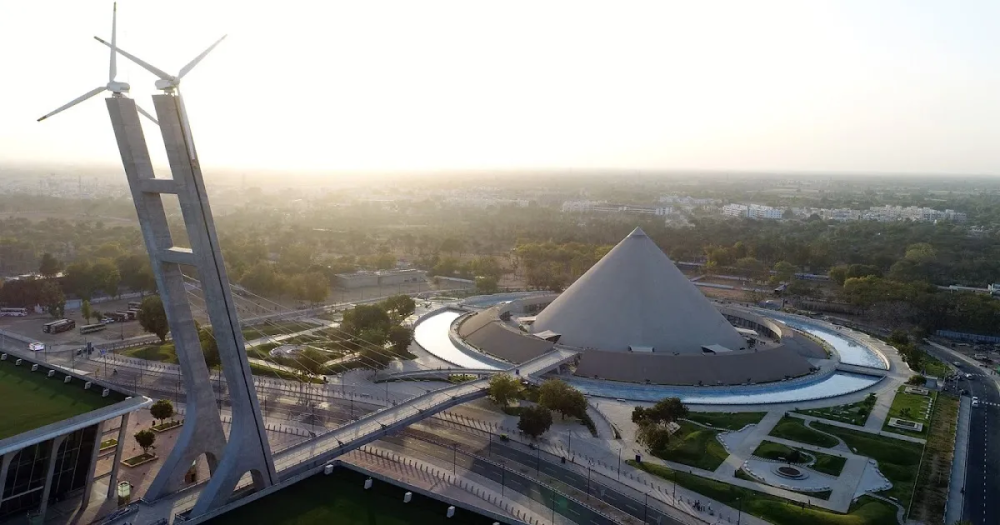

The city of Gandhinagar, named after Mahatma Gandhi, is the capital of the Indian state of Gujarat and emerged as a modern, meticulously planned city during the 1960s. Unlike the ancient cities around India with thousands of years of history, Gandhinagar’s tale as a tourist destination is relatively young, and its development as a tourism hub has been gaining momentum ever since its establishment.
Gandhinagar was conceived as a planned city after the old capital of Ahmedabad fell short of expansion possibilities. It was designed by two Indian town planners, H.K. Mewada, a chief architect to the Government of Gujarat, and Prakash M. Apte. The city was envisioned with a grid iron pattern, inspired by the modernist styles of Le Corbusier, featuring extensive green spaces and a sector-wise division of the urban habitat.
From its inception, Gandhinagar has been envisaged as an administrative nerve-center. With the development of state assembly and administrative offices, Gandhinagar started attracting a steady flow of visitors. The economic growth of Gujarat state further contributed to this city’s burgeoning status as a key urban center.
Over the years, with the construction of various cultural and religious structures, such as the Akshardham Temple, which was completed in 1992, Gandhinagar began to see a different kind of visitor. The temple, a stunning architectural marvel, quickly became one of the city's main attractions, drawing devotees and architecture enthusiasts alike. The city has since slowly seen an evolution into a spot of pilgrimage and spiritual interest.
In recent times, Gandhinagar has been focusing on developing its conference tourism. With the establishment of the Mahatma Mandir Convention and Exhibition Centre, the city has positioned itself as a premier destination for hosting national and international events, conferences, and seminars.
Another emerging trend is the focus on sustainable tourism. Gandhinagar, with its numerous parks and a colossal green belt, adheres to sustainable urban living principles and attracts tourists who value environmental consciousness in their travel destinations.
Additionally, the Gift City (Gujarat International Finance Tec-City) is a new development designed to promote economic activities, and it is already attracting business tourism, further diversifying Gandhinagar's appeal.
Given its association with Mahatma Gandhi, the city has incorporated his teachings and ethos into various facets of its tourism offerings. There are events and sightseeing places around the city that promote Gandhian philosophy, contributing to a niche form of educational tourism.
In conclusion, Gandhinagar’s tourism history may be brief when compared to ancient cities, but it is evolving. The blend of modern urban planning, cultural and religious significance, and a thrust towards sustainable tourism ensures that Gandhinagar is set to leave an indelible mark on India's tourism map in the years to come.